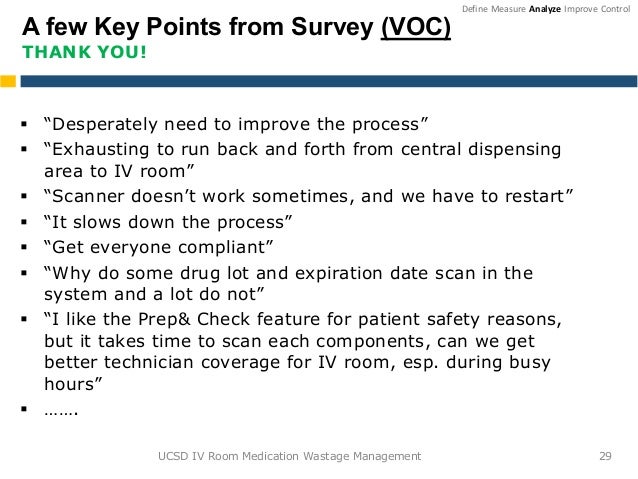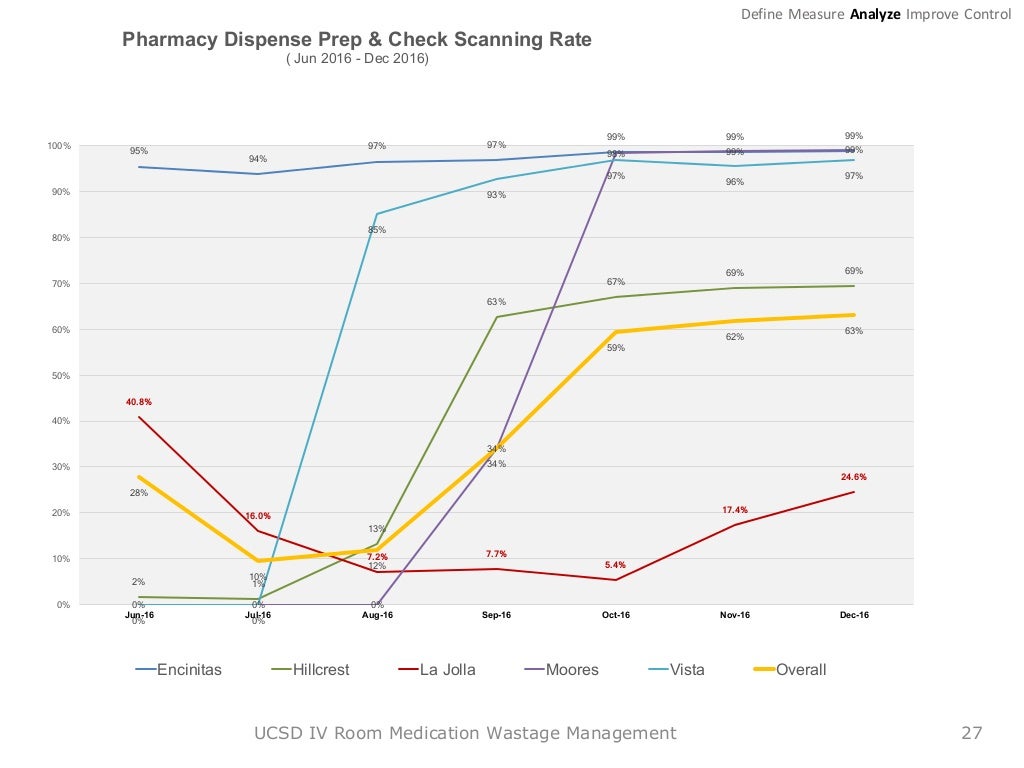
After the implementation of Six Sigma, GE claimed to achieve a remarkable cost saving in just three quarters. He decided to adopt the Six Sigma methodology in GE. In 1995, General Electric’s CEO Jack Welch noticed the improvements and achievements in other corporate. They made significant improvements in quality of their products and also reduced costing with a span of six months. In 1991, Allied Signal – a large avionics company, which later on merged to come the brand Honeywell in 1999, adopted the Six Sigma methods. In 1991, Motorola certified its first Black Belt Six Sigma Expert marking a step to train its staff and overall the organization to become expert in it so that it accelerate a speedy process improvement. In 1987, Motorola successfully initiated the Six Sigma methods in their critical business process for performance improvement and formally augmented it as an in-house branch name. The term “Six Sigma” was coined by Bill Smith, an engineer at Motorola. In late 1970s, Motorola started experimenting with problem solving through statistical analysis to create history of six sigma.

The statistical methods implemented by Deming were systemized into Six Sigma at Motorola. Not just the Japanese technique but also Deming became the most sought after business consultants. In 1954, Joseph Juran visited Japan and took the initiative to implement the quality management at all layers of an organization. In 1950, W.Edwards Deming, an American statistician, went to Japan to teach manufacturing technique.ĭeming introduced the concept of Plan Do Check Act (PDCA) They needed to start from scratch and speed up in the Marathon of industrial revolution. Devastation faced by Japan after the World War II, stuck the growth of the nation. He was the first person to work out the 3 sigma defects in manufacturing. Walter Shewhart introduced the process control chart, which was a new form of data collection, display and analysis mechanism to control quality of the product.

The standard deviation on the normal distribution was denoted by the Greek alphabet ‘σ‘ – Sigma German Mathematician, Carl Friedrich Gauss conceptualized Normal Distribution or the Bell Curve which became the center pillar of the history of Six Sigma. In 1913, Henry Ford introduced his automobile assembly line which effectively powered mass production. By the early 20 th century the Second phase of the Industrial Revolution had started to speed up some key inventions to move the world faster. The Third Industrial Revolution was the Digital Revolution. The Second Industrial Revolution was the Age of Science and Mass Production. Period 1760 – 1840 was known as the Industrial Revolution. The First Industrial Revolution was the Age of Mechanical Production. In 1798, Eli Whiteny, created the interchangeable parts also called the Uniformity System. The origin of concept of Six Sigma has its connection way back from 16 th century. The statistical methods implemented by Deming were systematized into Six Sigma at Motorola. In 1970s, Japanese automobiles and electronic industries started to deliver over powered performance in production in terms of quality as well as reputation. From CEO of the company to the manager and to the worker, he emphasized on quality control on the basis of data generated, even if it was at the cost of reduction in production target. This process was followed continuously to narrow down the variability in products. He guided the managers to closely monitor the output to check whether the defects on the outputs were flaws in manufacturing process, manufacturing equipments or raw materials. In 1950, W.Edwards Deming, an American statistician, went to Japan to teach manufacturing technique.īeing a statistician Deming adopted all the mathematical and statistical methods to manage and control the manufacturing process. Devastations faced by Japan after the World War II, stuck the growth of the nation. It was introduced by American engineer Bill Smith while working at Motorola in 1986.īill Smith is called the father of Six Sigma

Six Sigma is known as the set of techniques and tools for process improvement.

Six Sigma has become epitome of quality performance. The original goal implied in Six Sigma definition is the reduction of defects to no more than 3.4 per million opportunities. Six Sigma is a discipline and highly quantitative approach to improving product or process quality. Live Lean ! Eat Lean ! Do the Lean way! This is the mantra of the next generation. Upcoming Batches of Six Sigma Green Belt Certificate :.


 0 kommentar(er)
0 kommentar(er)
